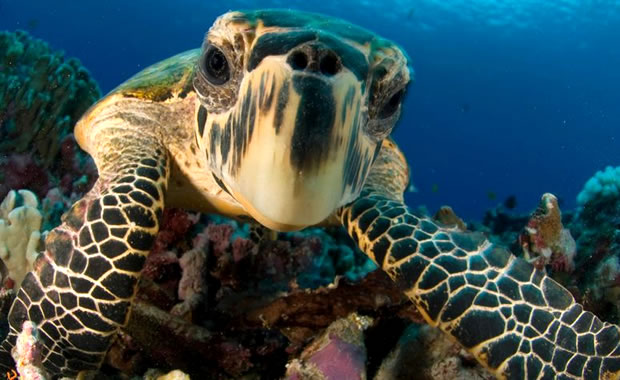Creature Profile
The near threatened Alpine shrew is a mammal belonging to the family Soricidae. It is 2.4 to 3 inches in length, not including the tail which is as long as the body, and weighs between 0.2 and 0.4 ounces. It is described as a small species that resembles a mouse and is very discreet. It has a small slim body and has conspicuous whiskers on its face. Its coat of fur is uniform gray or black in color on the upper side while the ventral side is grayish-brown in color. It has short white limbs and a tail that is hairy and yellow in color and almost equal in length to the body. The Alpine shrew has a long snout that is pointed and its teeth are known to be reddish especially on the tips. Its eyes are described as small and black in color while the ears are pink-colored and round shaped. Young Alpine shrews are known to be paler and tend to darken as they grow older. The Alpine shrew is known to live together with the Eurasian pygmy, Sorex minutus and the common shrew Sorex arenus but is differentiated from them by its longer hairy tail and darker coat.
The Alpine shrew has a huge appetite due to its high rate of metabolism. Its diet consists of insects, mollusks and arthropods. It is known to forage in vegetation and leaf litter to obtain its food. It also practices "refection" which is re-ingesting its feces. Alpine shrews love open areas and are found in areas with little or no vegetation, including rocky areas, meadows and mountain stream banks where it can be found in cracks in rocks, walls of stones and under the rocks themselves. It likes cool areas that are somehow wet and shaded, such as beneath mossy rocks found in densely vegetated areas. It can also be found in roots of trees and in or beneath logs. Alpine shrews are found in Eastern and central Europe and some parts of France in the Alps, Black Forest and Jura Mountains, mountains in the southern Germany, Tatra, Carpathian, and Transylvanian mountains among others areas. Breeding is from mid-March to early September. Females give birth to one to two litter(s) each year with the litter size ranging from 2 to 8. The length of gestation is not known. The young are born toothless, hairless, pink and blind.
The Alpine shrew is threatened by loss of water due to abstraction and production of hydroelectric power, human activities and intensification of winter tourism resulting in loss of habitats and the drastic climatic changes which is an indirect threat. As a protection strategy the Bern Convention has listed it in Appendix II while in the Carpathians its habitat is covered by the Carpathian reserve. There is no current data on its population historically versus now although some of its populations have become extinct.
Wikipedia Article

|
Wikipedia Article Copyright Notice: This article is licensed under the GNU Free Documentation License. It uses material from the Wikipedia article "Alpine shrew". |
April 1, 2017
Glenn, C. R. 2006. "Earth's Endangered Creatures - Alpine Shrew Facts" (Online). Accessed 4/18/2024 at http://earthsendangered.com/profile.asp?sp=13057&ID=6.
Need more Alpine Shrew facts?




